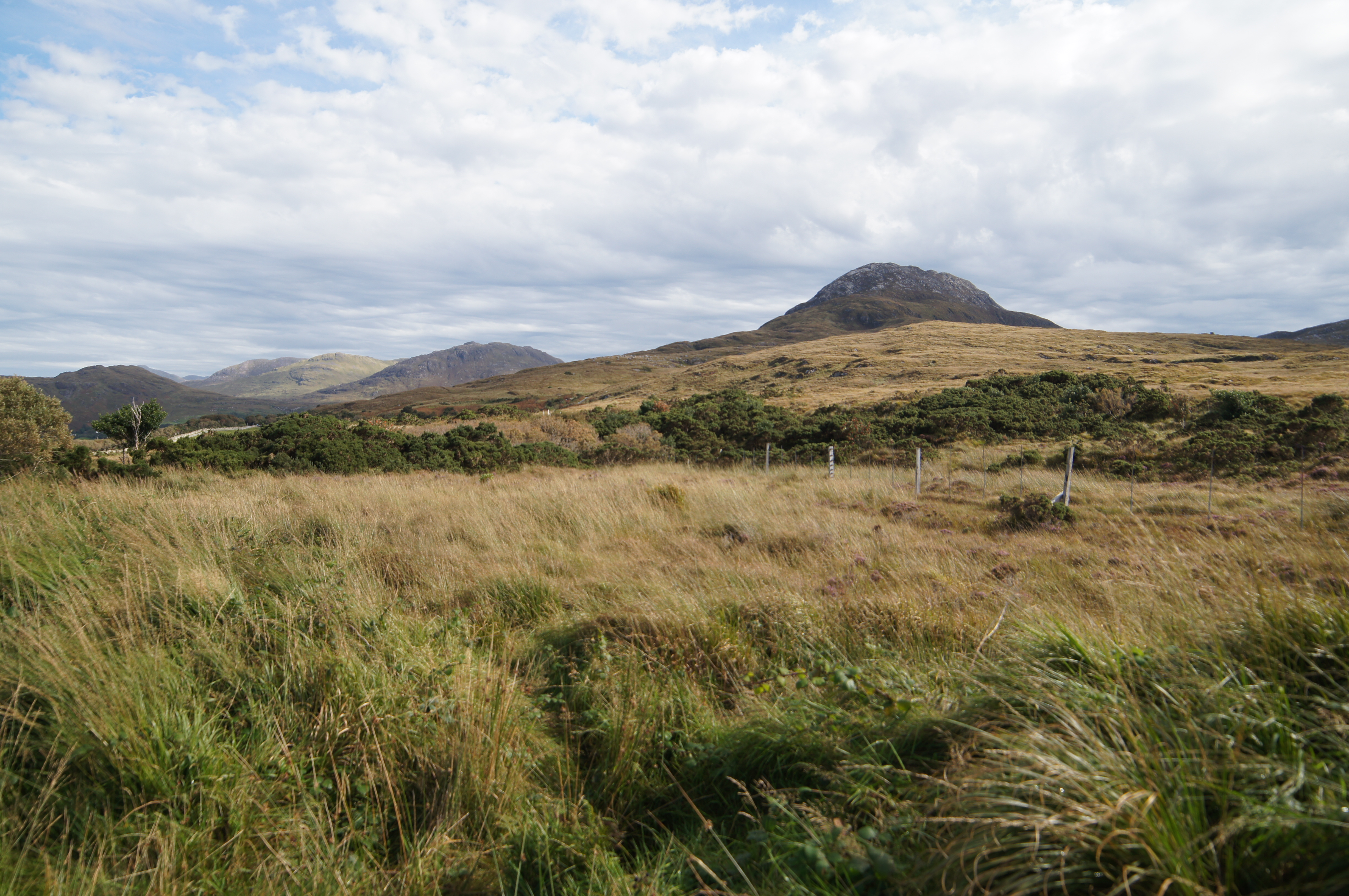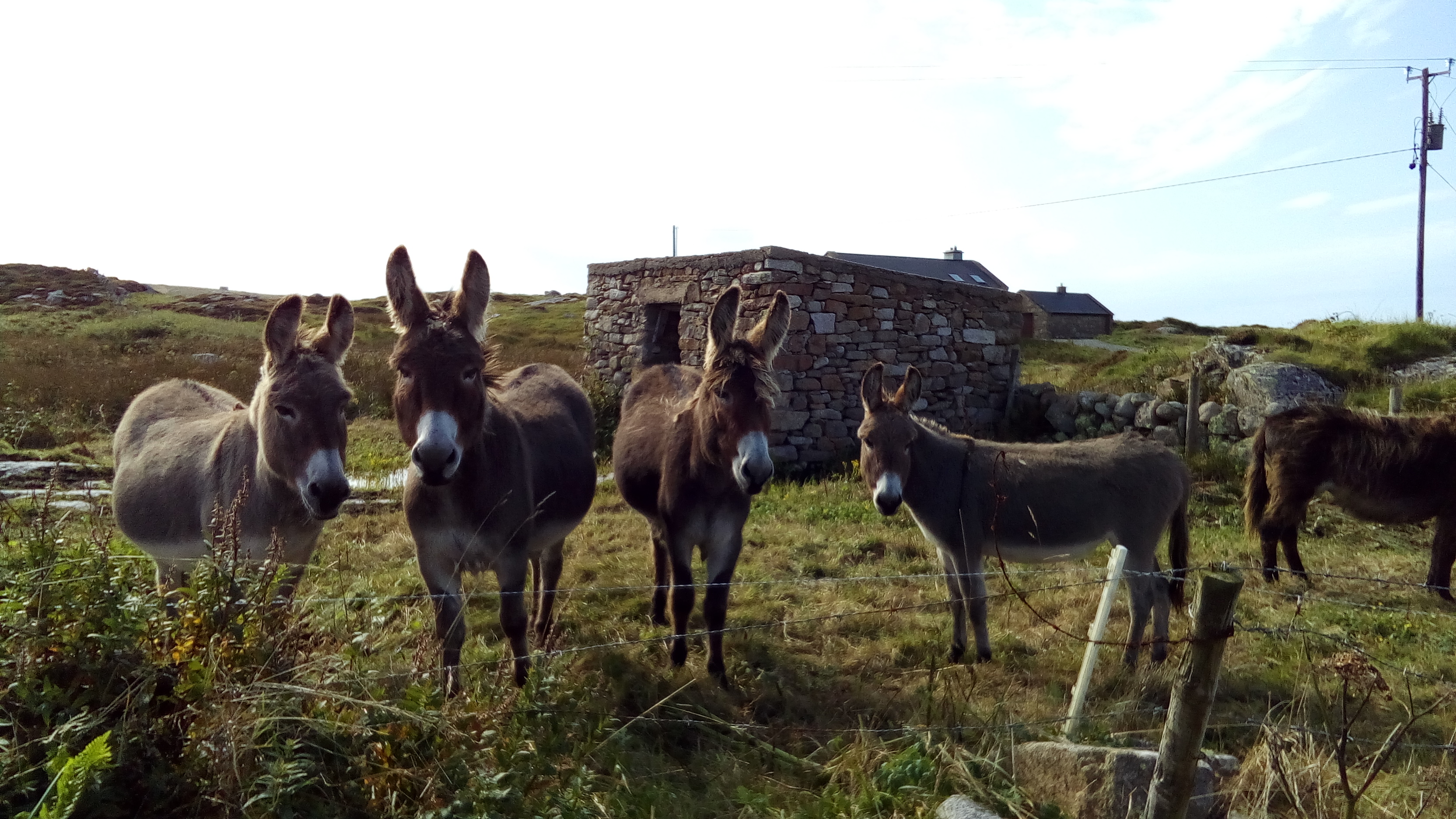This is part of a series on a 3-week, 3050-km road trip across Wales and Republic of Ireland that my parents, my aunt and I took to retrace some family roots.
Connemara
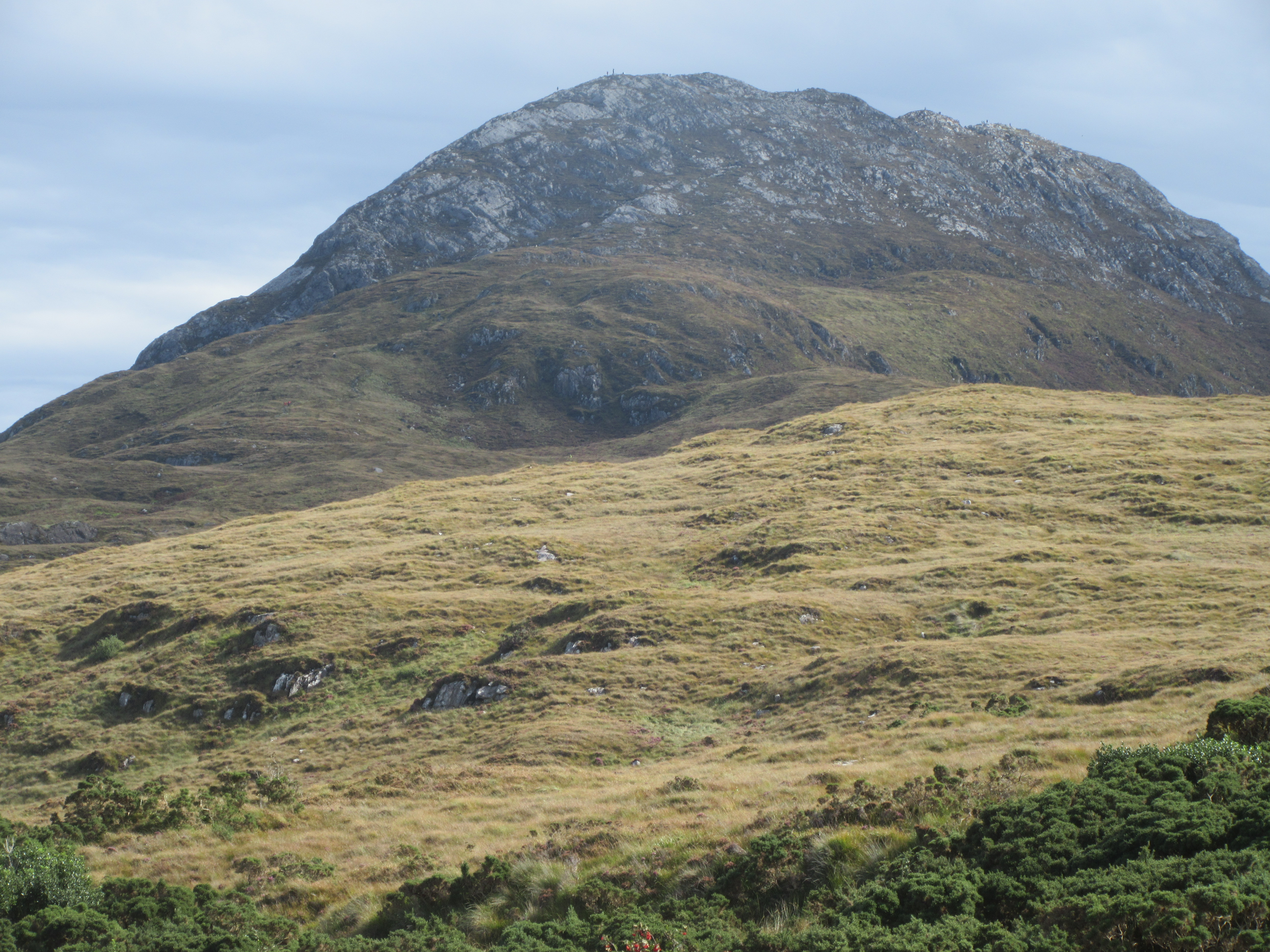
Connemara skyline
Clifden
Of all the pretty towns we visited in Ireland and Wales, we found Clifden to be amongst the most charming.
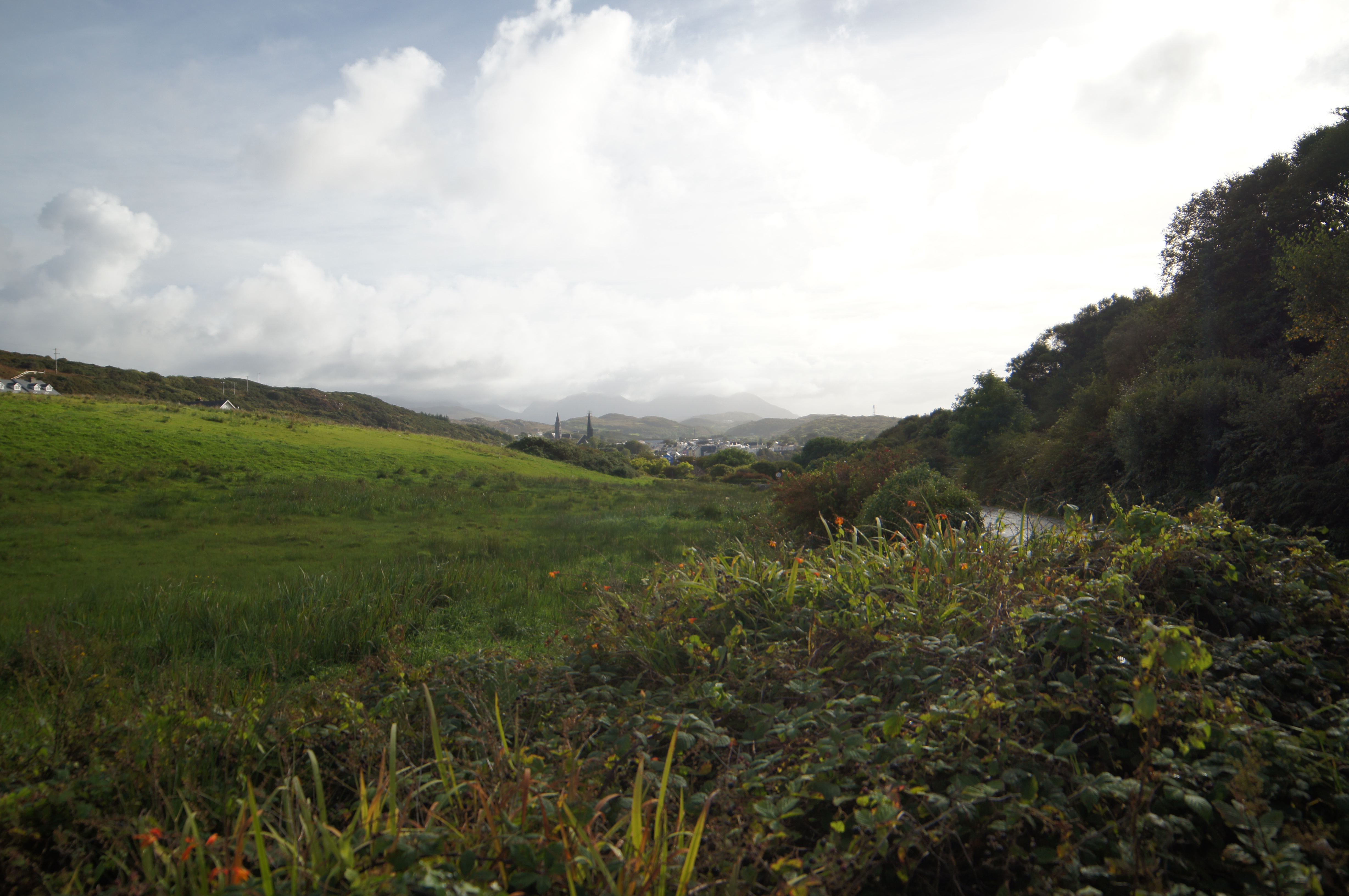
View of Clifden in the distance, returning from Sky Road loop
As its name states, it is perched on the edge of a riverside cliff, so it has a natural beauty. But what we appreciated most about the 19th century market town was its lively and welcoming artistic and musical vibe. Seemingly each pub and restaurant doorway hummed with folk singers and bands (and they are very talented musicians). The town bustled even though it was low season.
The town is visited by many French tourists, so much so that we were surprised to see the sign for the public library in French. Apparently this is a longstanding tourist destination for them. We can easily understand why!
In terms of its vibe and charm, and convenience as a travel hub, Clifden reminded us a lot of Killarney.
Connemara National Park
The rugged hilly region is popular with hikers, and we passed many on the roads.
We particularly enjoyed hiking up Diamond Hill in Connemara National Park. Each upward step is rewarded with stunning vistas.
Diamond Hill overlooks Kylemore Abbey and in fact part of the parkland used to belong to the abbey estate.
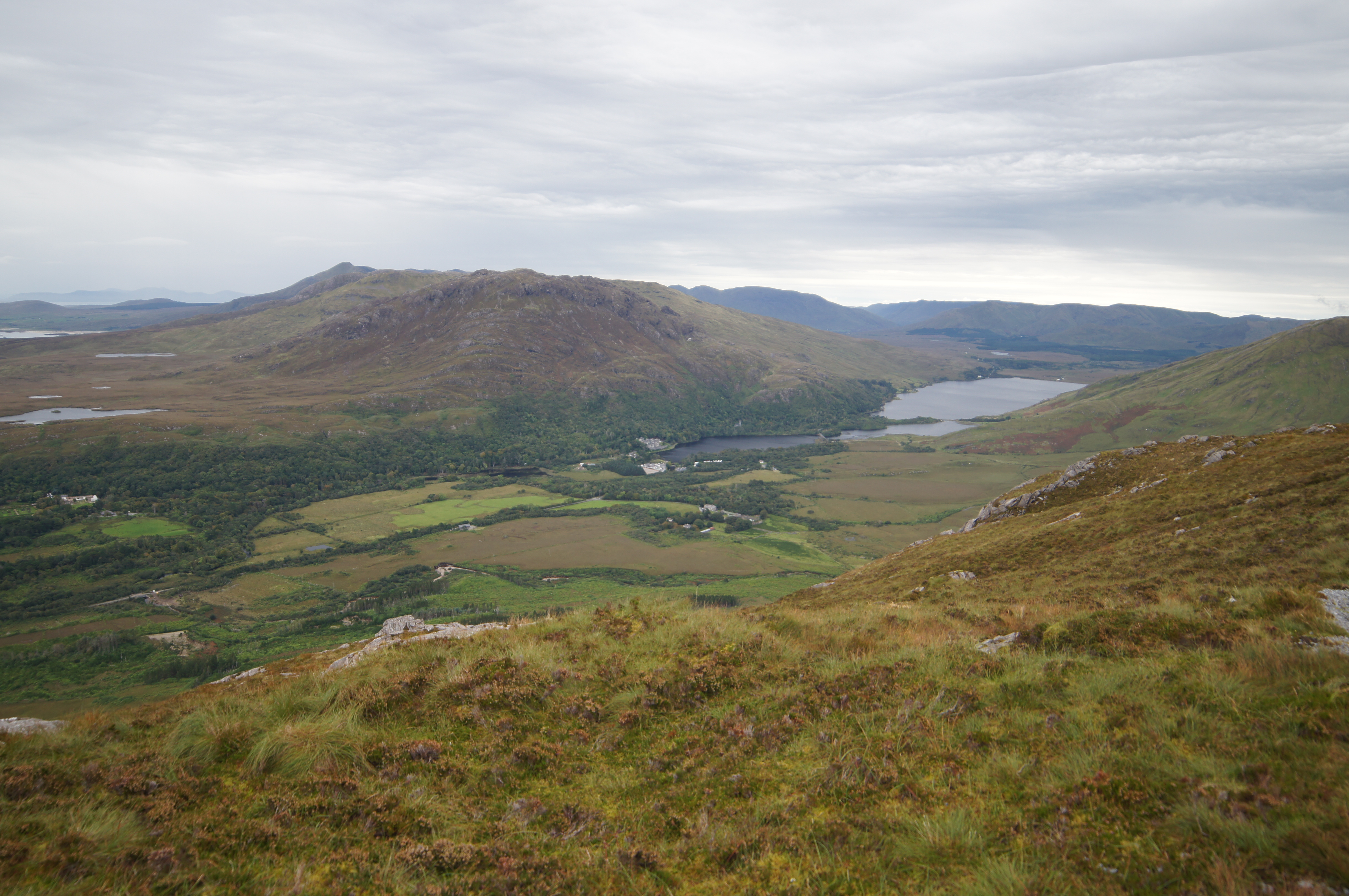
View of Kylemore Abbey from top of Diamond Hill
Although the Diamond Hill climb was strenuous it was not technically challenging since it is well marked with stone steps and posts. The weather at the bottom was decent, but the top of the hill was blustery and wet because it is exposed. It can be dangerous in bad weather. As always when hiking it is important to dress properly regardless of how nice the weather is initially. The hike can take one to three hours depending on which path you take, so it is a half day excursion if you go to the top.
The park visitor centre is located just outside Letterfrack. The centre is open in the summer although you can hike in the park year-round.
A Bog’s Life
The Connemara National Park visitor centre hosts a small but fascinating museum explaining wetland bogs including how they form, what nature and wildlife they support, and how humans affect them.
Bogs are a source of peat, a smokeless fuel that is similar to carbon. They also contain bog wood, which is wood that was swallowed up but remains intact due to the anaerobic bog conditions. Bog wood was used by locals to build their houses and tools. They could find it by going outside in the dawn light and looking for places where dew didn’t form, then digging down. Clever!
Although they can take thousands of years to form, bogs have been exploited so much, especially over the last hundred years, that only 5% of bogland remains in all of Ireland. Measures are now being taken to protect them.
Sky Road
Near Clifden, the Sky Road beckons.
It leads to beguiling views over the dark blue waters of Clifden Bay and the endless horizon of the Atlantic. The 11km loop is short (takes about 20 minutes) but provides many great photo opportunities and should not be missed if you are in the area.
Omey Island
Omey Island is a fun half-day excursion near Clifden. It was recommended to us by Sue, our friendly host at the wonderful Sharamore House, which is a very popular bed and breakfast catering to international tourists including many fishermen.
Omey Island can be reached by car over a tidal causeway. Driving over the beach at low tide through salt-water puddles is a fun little adventure.
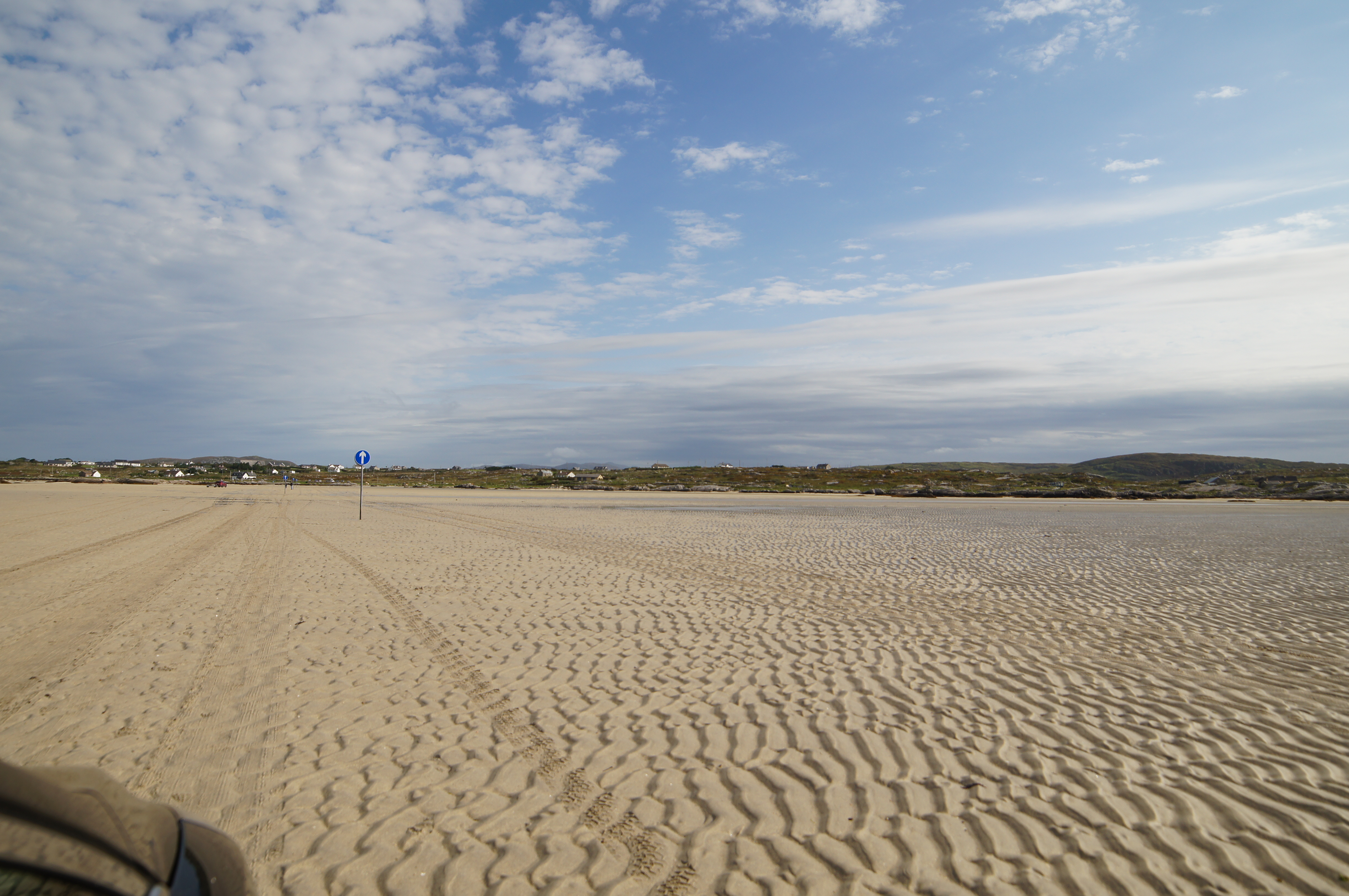
Zoom zoom (at low tide)
The island itself, while small and craggy, makes for an interesting visit. It has great views to the nearby islands and the Atlantic.
Farmers live on the island. It seems like a bleak place to have farms but they seem to be making a successful go of it.
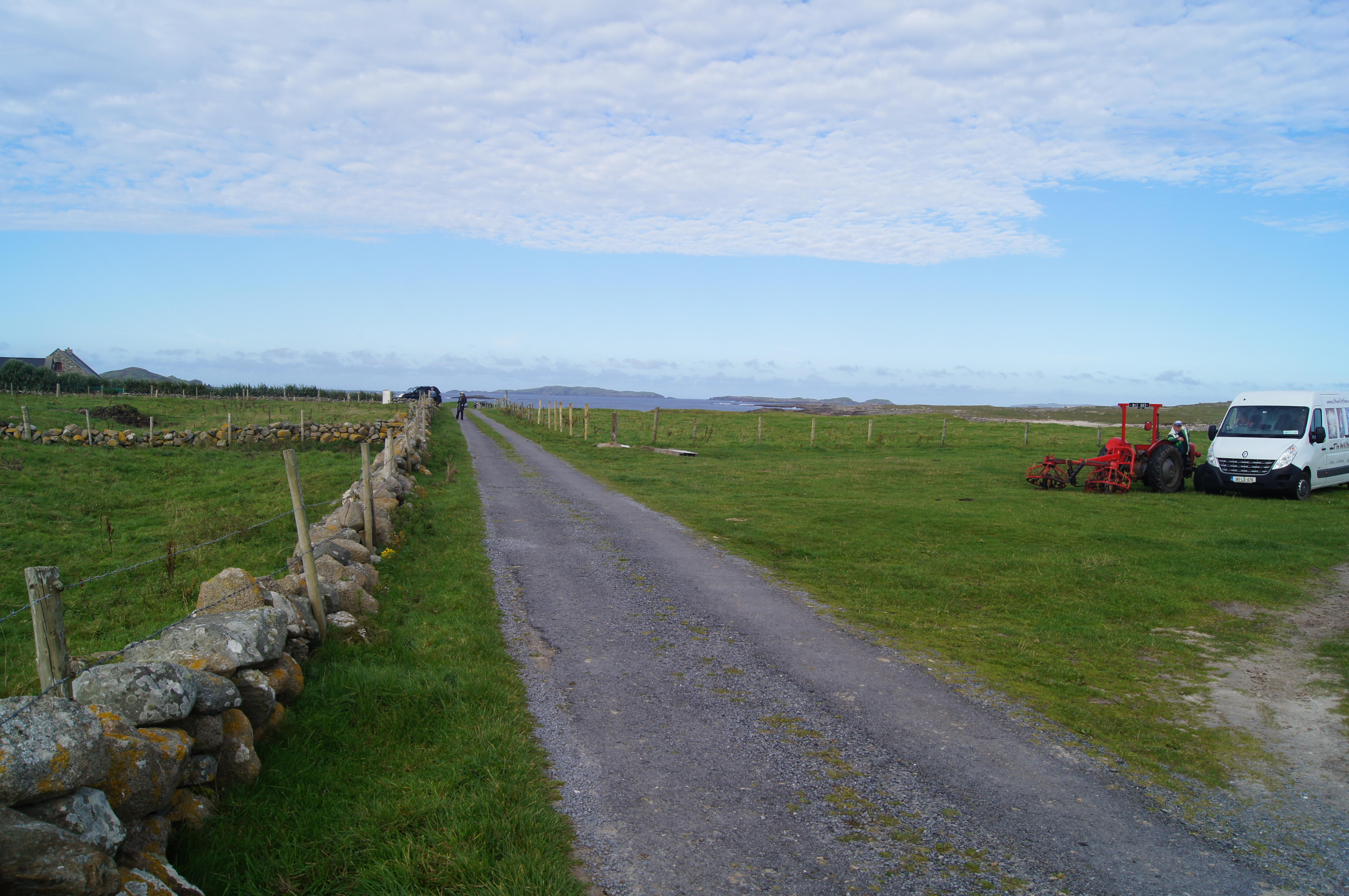
Omey Island farming
Have you visited Connemara? How did you like it?
